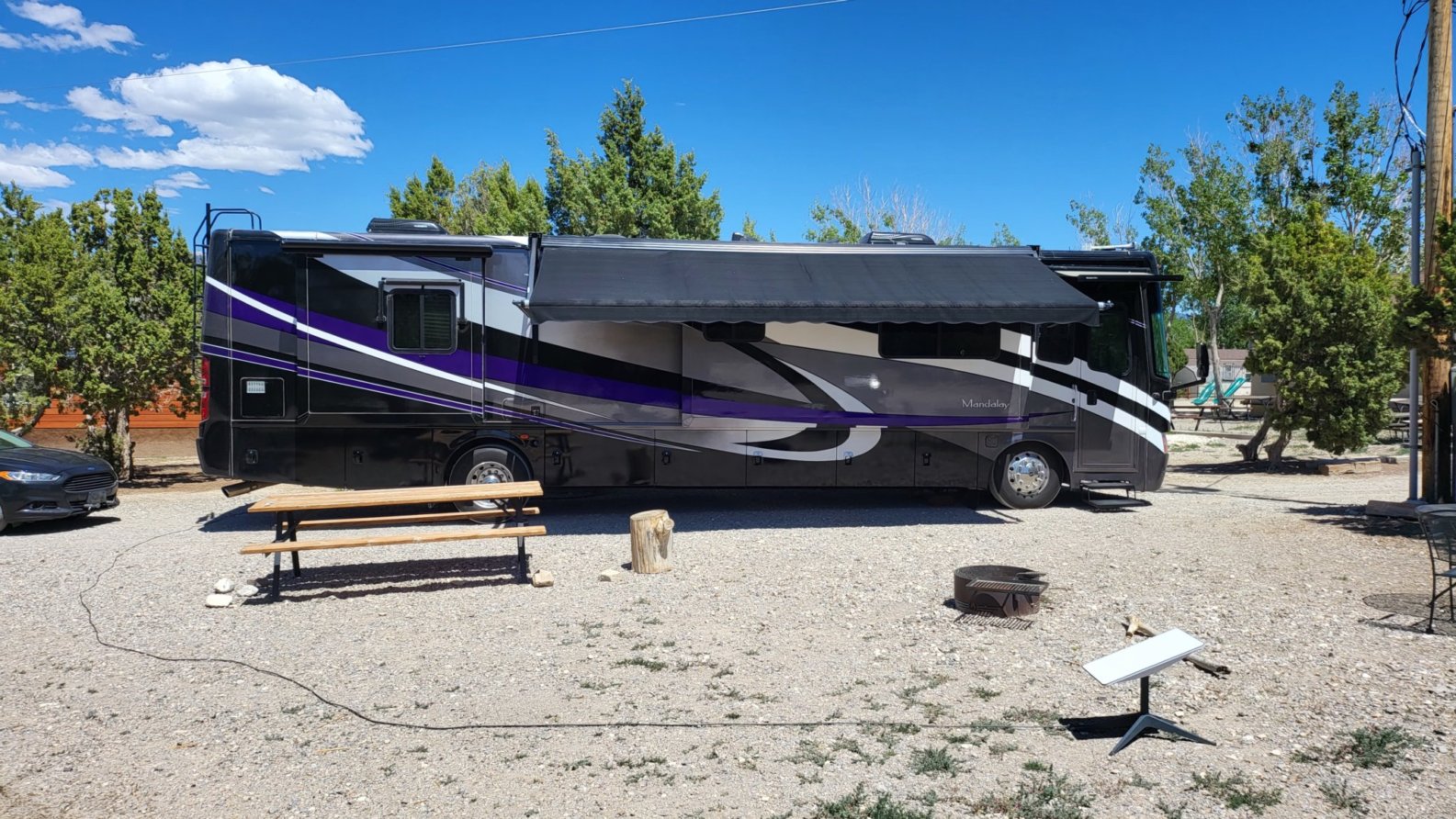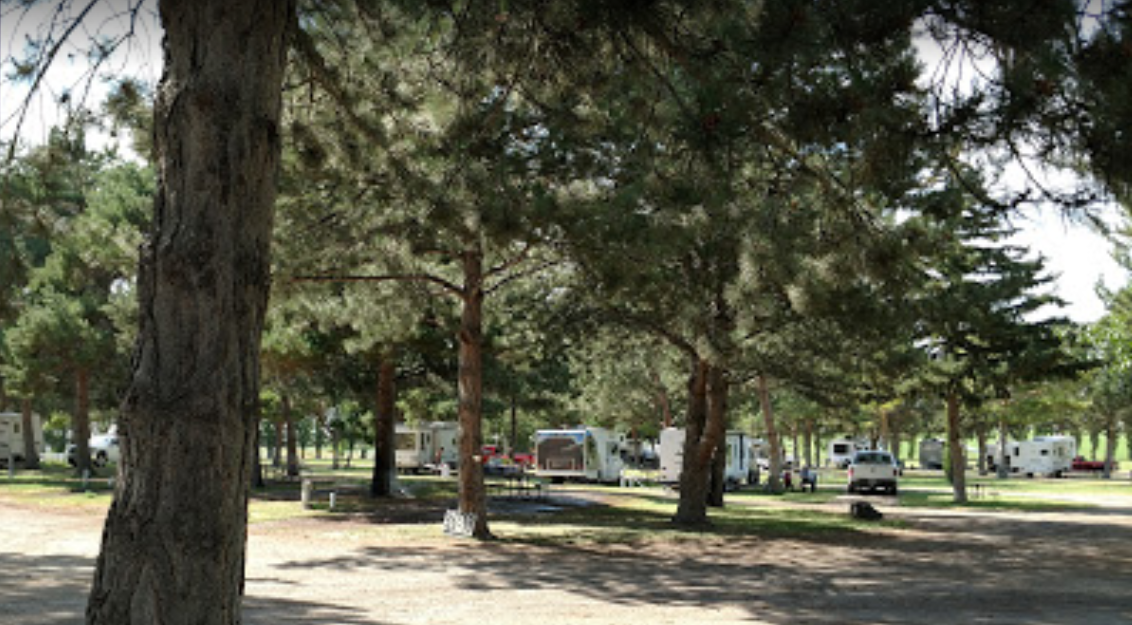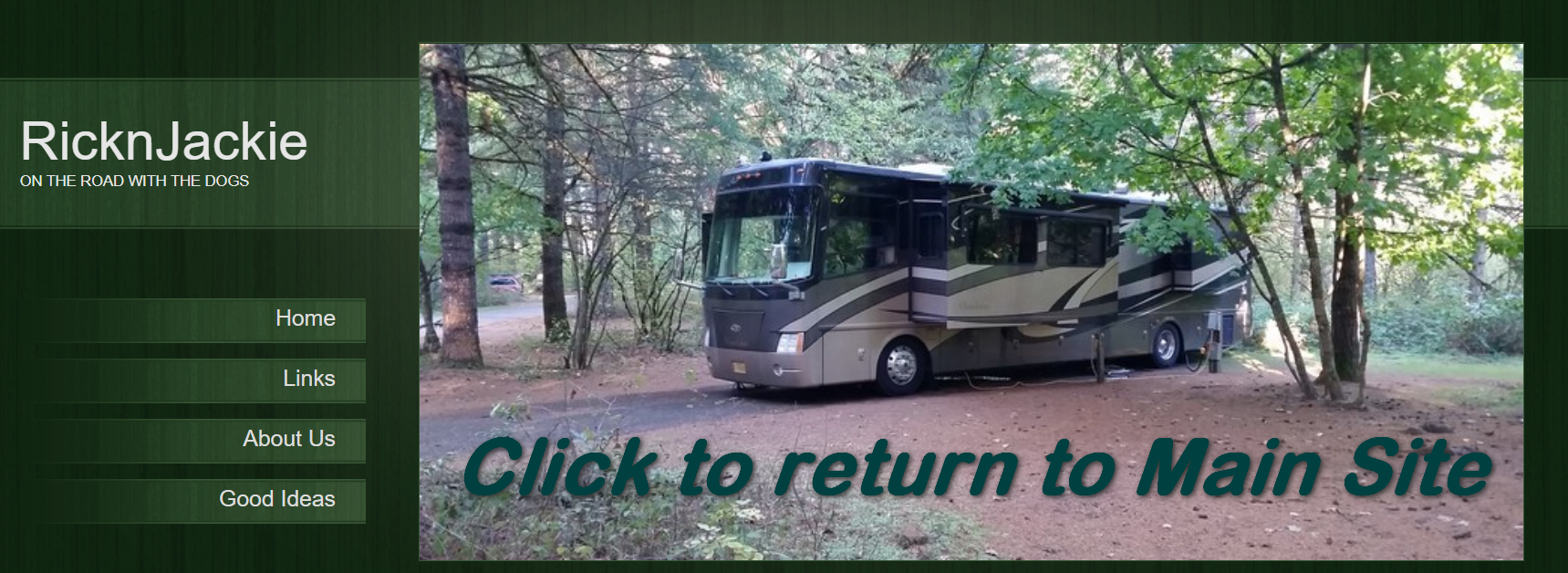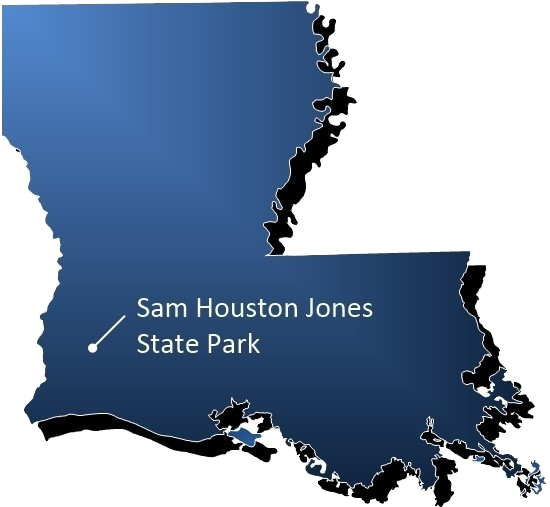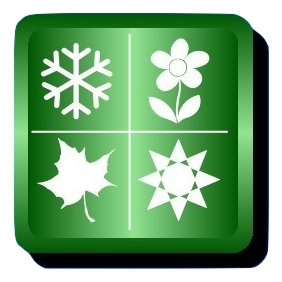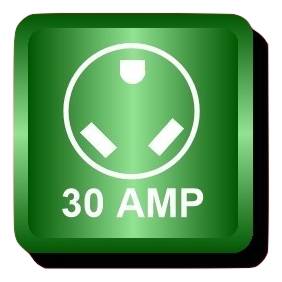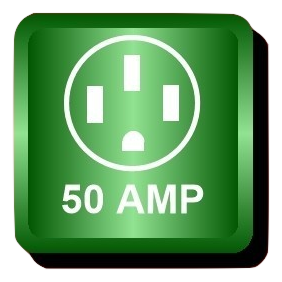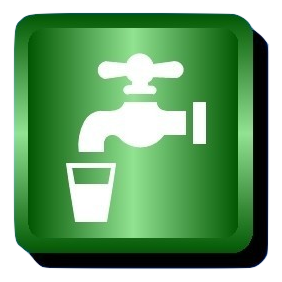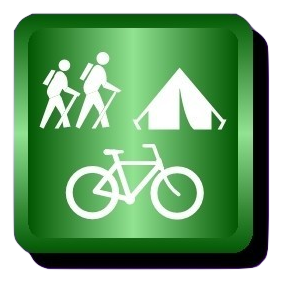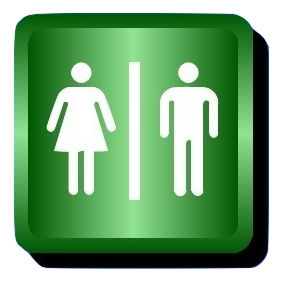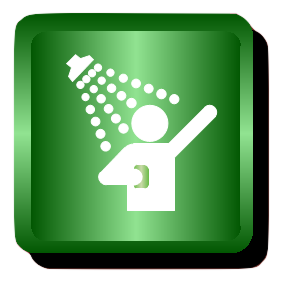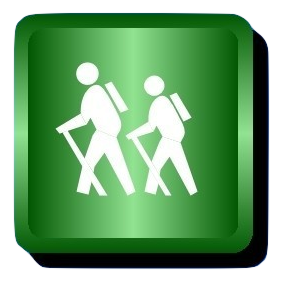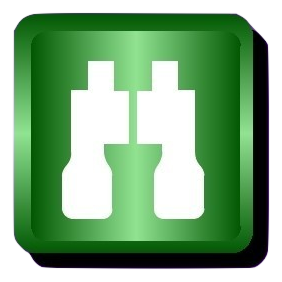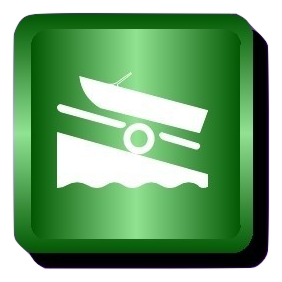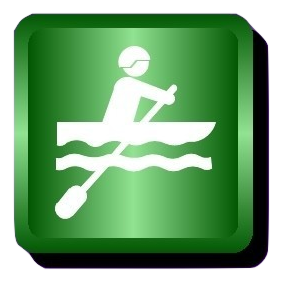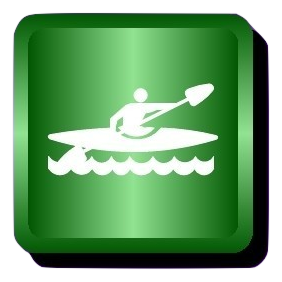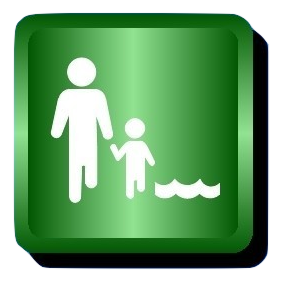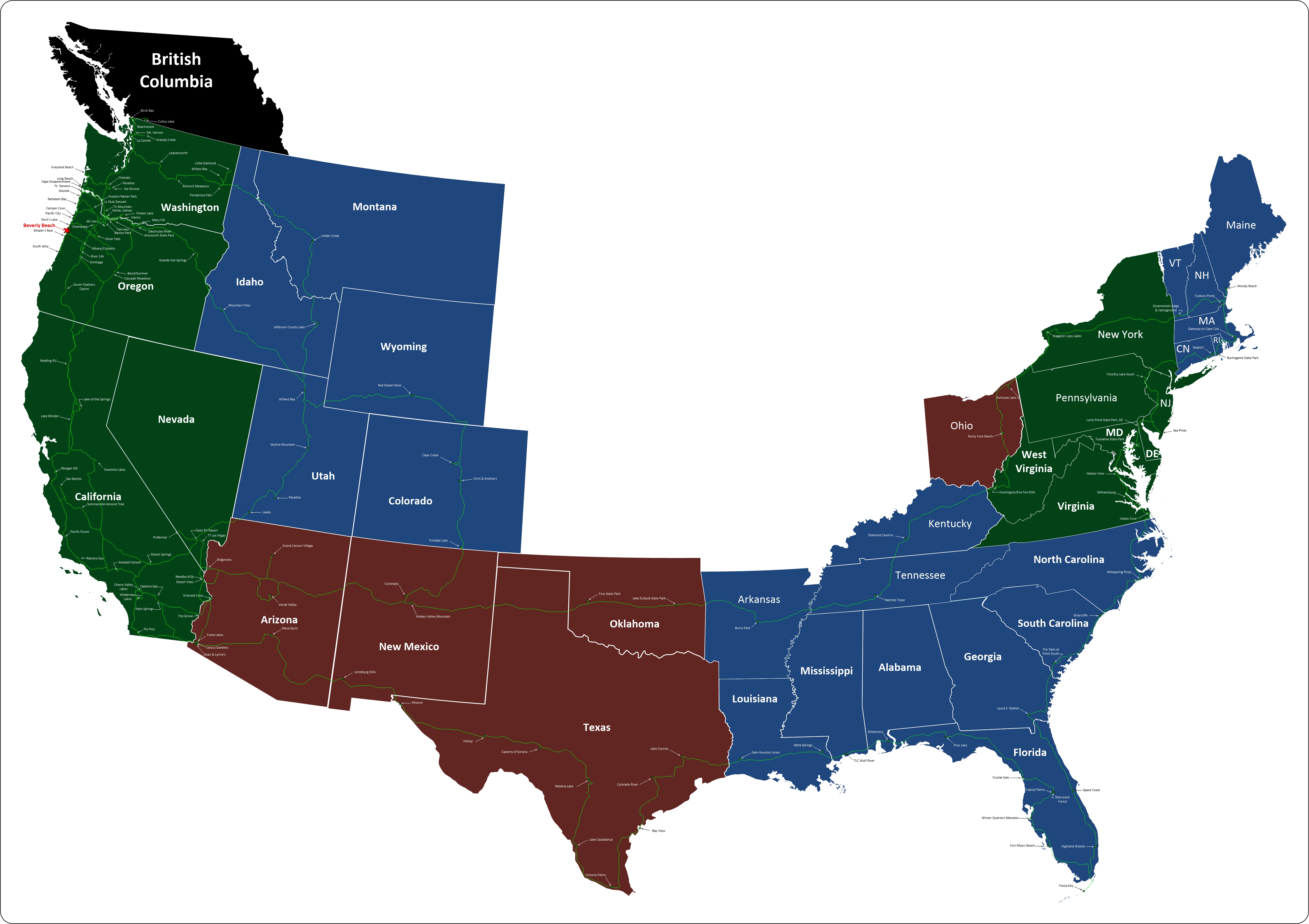Originally named for the Texas folk hero who traveled extensively in the western reaches of Louisiana, Sam Houston Jones was given its current name in honor of the state's 46th governor, who was instrumental in setting aside this tract of land for the public to enjoy for both day-use and overnight visitors.
Because the caretakers of this 1,087-acre park have worked to keep the land in its natural state, abundant wildlife inhabits the area. Tree-filled lagoons and mixed pine and hardwood forest combine to create a unique natural environment. The park is located just north of the most productive birding region of Louisiana. The bird watching is always excellent, but at certain times of the year, nearly 200 species of birds can be seen at or within 30 miles of the site.
The Office of State Parks has partnered with Sasol in Lake Charles on the Longleaf Legacy Project, to preserve the iconic tree's rich history, restore the splendor of local forests, and ensure the resiliency of such habitats for generations to come. The project includes the restoration of over 70 acres of longleaf forest in the park and companion educational programs for local teachers and families.
Sam Houston Jones State Park is home to more than 70 acres of longleaf pines, the oldest living southern pine species. They were once one of the most abundant tree species in the United States, stretching across 90 million acres from Virginia to Texas. Over time, land-use practices such as logging, farming, development, urban encroachment, and fire exclusion have diminished the longleaf pine, leaving less than 4 million acres of longleaf forest and less than 10 percent of their original presence in Louisiana.
The numerous waterways in this area make water sports a natural highlight at the park. Two boat launches are conveniently located on the West Fork of the Calcasieu River, providing access to Calcasieu Lake, about 20 miles away. (No-Wake Zone Advisory )
The three hiking trails winding through this beautiful park make strolling or serious hiking, pleasurable. Particularly interesting is the old stagecoach road, which hikers may travel to explore the park and the banks of the various tributaries to the Calcasieu River.
Hours of Operation:
Site is open daily.
Gate Opening Times:
Sunday through Thursday
- open at 6 a.m.
- close at 9 p.m.
Friday, Saturday and days preceding holidays.
- open at 6 a.m.
- close at 10 p.m.
Entrance Station Hours:
Sunday through Thursday
Friday, Saturday and days preceding holidays.
Entrance Fees
- $3 per person
- Free for seniors (62 & older)
- Free for children (3 & under)
Camping
A $6 non-refundable fee will be assessed on each reservation transaction made online, via phone, or as a walk-in.
( map of sites 23-43) ( map of sites 44-62)
| 9 Premium Campsites (pull-through sites with water and electrical hookups) | $33/night plus tax, Fri-Sat
$30/night plus tax, Sun-Thurs, Apr-Sept
$25/night plus tax, Sun-Thurs, Oct-Mar |
| 26 Improved Campsites (water and electrical hookup) | $28/night plus tax, Fri-Sat
$25/night plus tax, Sun-Thurs, Apr-Sept
$20/night plus tax, Sun-Thurs, Oct-Mar |
| Backcountry campsites (maximum capacity of 6), 5 available on a first-come, first-served basis | $9 per person/night, plus tax |
| Primitive camping area (maximum capacity of 20) | $20/night plus tax |
America the Beautiful Senior and Access Passes (formerly Golden Age & Golden Access Passports) (Available through the National Park Service. Click here for more information)
Holders of the Passes, whose state of residence also honors the America the Beautiful pass, are entitled to a 50% reduction on camping fees at Louisiana State Parks. (Passport holders are allowed one site per passport). |
Additional Information About Overnight Facilities
